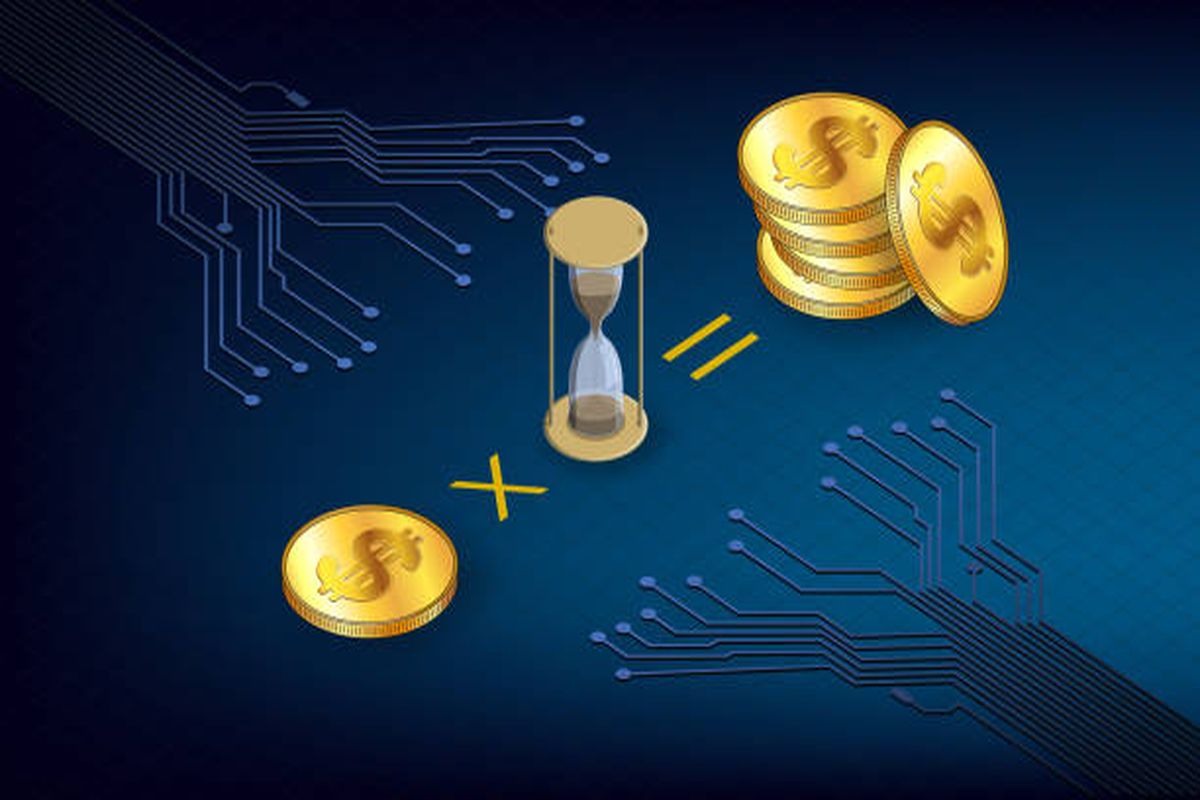Rebase tokens are a specific type of cryptocurrency that often modifies its total supply. The modification happens daily or several times a day.
The adjustments aim to stabilize the rebased token’s price or target a particular value through strategies that increase or reduce the token supply while reacting to price deviations from the set target.
A positive rebase, for instance, increases the token supply and minimizes the balances of current holders in case the token’s price increases to reach above the target. On the flip side, a negative rebase lowers the supply and increases the value of the existing holdings in case the price plunges below the target.
This ever-changing supply-adjustment network unleashes unique features and factors that need consideration. Examples of rebase tokens include Basis Cash (BAC) and Ampleforth (AMPL). Rebase tokens come with risks and benefits, including creative tokenomics and price stability.
Investors must keenly evaluate the token’s mechanisms and comprehend the impacts of supply adjustments on their holdings as rebase events are automated and smart contracts are utilized.
Moreover, consumers may find it challenging to entirely comprehend the rebase token structures because of their complexity. Since there might be massive price swings and an extensive grasp of the token’s features and characteristics, investors who are interested in rebasing tokens must do their homework and proceed very cautiously.
How Are Rebase Tokens Different From Traditional Tokens?
By adding some dynamic adjustments to their general supply, rebase tokens deviate from the conventional fixed-supply strategy.
Unlike traditional tokens, rebase tokens use an elastic supply mechanism to modify the total amount available in circulation in response to market conditions, sustain price stability, or adhere to a target price.
The rebase tokens automatically adjust every holder’s balance via smart contracts to retain their proportionate share of the cumulative supply, notwithstanding volatility, contrary to traditional tokens, whose supply changes are infrequent and manual.
Nevertheless, frequent and algorithmic-driven modifications of rebase tokens aim to stabilize token prices or achieve predetermined targets by utilizing advanced techniques to control inflation, encourage participation, and reduce price volatility.
Rebase tokens can conform to market conditions because of the new strategy that strives to stabilize value in a way that traditional tokens, whose value is determined just by fixed supply and market demand, cannot. This important difference highlights the changing nature of digital assets and their different applications within the crypto ecosystem.
How Do Rebase Tokens Work?
Rebase tokens work according to a distinct mechanism where the token’s total supply is often adjusted to preserve price stability or to aim for a specific value.
For instance, we can use Ampleforth (AMPL) to explain how rebase tokens operate. Rebasing is a technique that is used by rebase tokens such as AMPL, to maintain a target price, for example, $1. Notably, the protocol autonomously modifies the token supply to bring AMPL’s market price back to $1 whenever it deviates from its target.
A positive rebase happens when the market price surpasses $1. This strategy dilutes the value of every token and pushes the price near $1 by increasing the total supply of AMPL tokens held by every user.
On the flip side, a negative rebase happens when the market price is less than $1. In that scenario, the protocol raises the value of every token and brings the price nearer to $1 by reducing the total number of AMPL tokens owned by every user, effectively ‘burning’ some of the supply to adjust the price upwards towards the target.
The reduction in supply is achieved through the adjustment of the balance among all holders, instead of destroying the token. Rebase tokens adjust the changes to the token supply to keep prices stable around the intended value.
Thus, are rebase tokens the same as algorithmic tokens? Rebase tokens and algorithmic tokens are not the same. While the algorithmic tokens refer to a wider category using many algorithms for value stabilization or management, including but not limited to supply adjustments such as those in rebase tokens, the rebase tokens change their supply algorithmically to achieve price stability.





